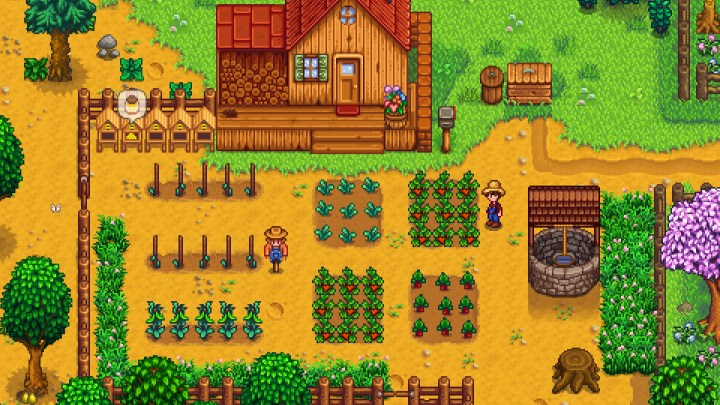
Updates until now have focused on bug fixes and quality of life, so the upcoming version 1.1 will be the first major infusion of new content, focusing particularly on the late game. The full list of planned features (which is, of course, subject to change) includes:
- More late-game content
- New farm buildings
- New crops
- New artisan goods
- New advanced farming/producing mechanics
- Shane and Emily will be marriage candidates; they will also have more events and dialogue as a result
- More marriage content for all spouses
- More events for the non-marriage NPCs
- Improvements/additions to mining and combat
- Ability to move buildings and other convenience features
- More bug fixes
- More secrets
- More small, fun touches to the world
In addition to 1.1, Barone also plans to add support for co-op multiplayer, as well as ports for Mac, Linux, and consoles. Publisher Chucklefish will be handling the ports, freeing up solo developer Barone to focus on adding new content to the game.
“This will allow me to focus on creating new game content for version 1.1, which I will continue to do entirely on my own,” said Barone. There is no word yet on a time fame for either version 1.1 or any of the additional promised features and versions.
Editors' Recommendations
- When is Stardew Valley 1.6 coming to consoles?
- Tales of the Shire is a The Lord of the Rings-themed take on Stardew Valley
- Where to find the bookseller in Stardew Valley
- Stardew Valley 1.6 update: everything you need to know
- Fae Farm is an approachable Stardew Valley riff lacking in personality


